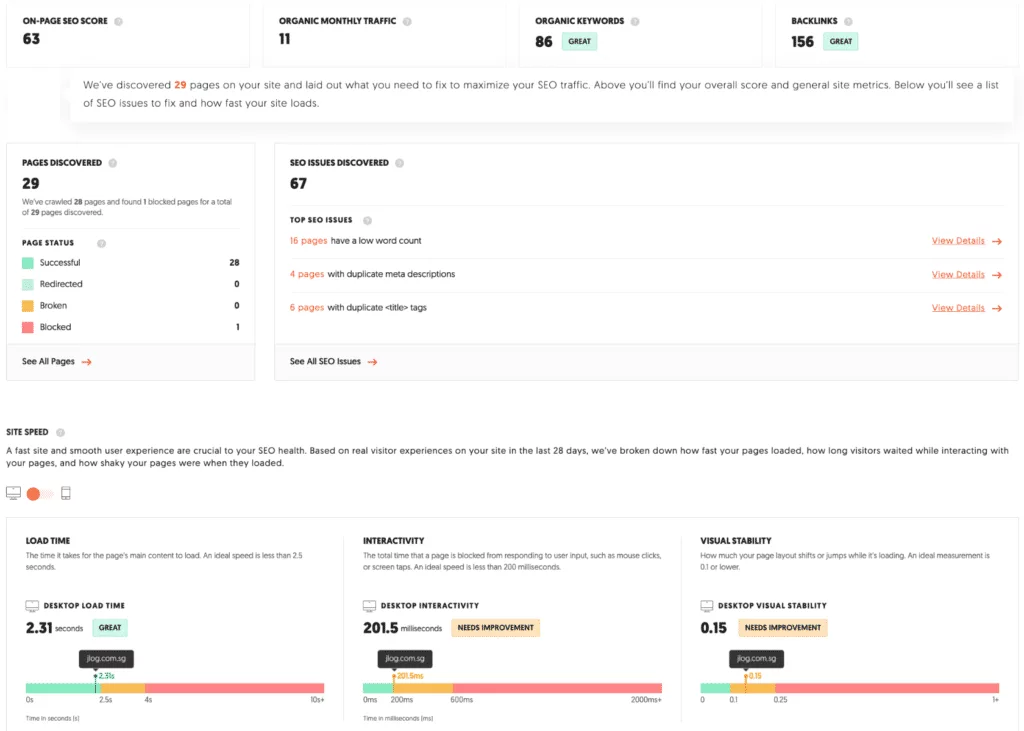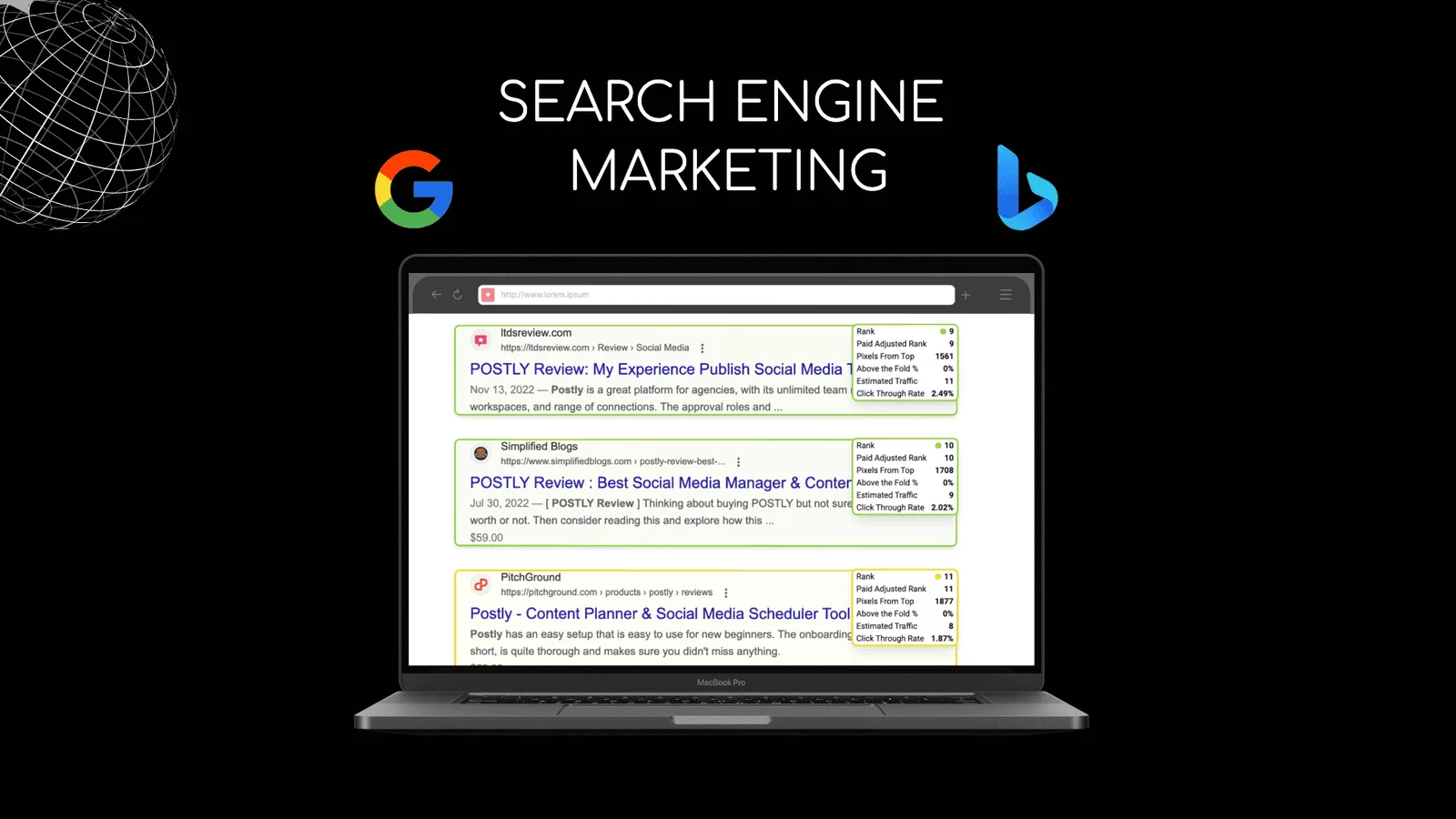Search Engine Marketing (SEM) has become a crucial aspect of any business’s digital marketing strategy, especially in today’s fast-paced online world. However, with search engine algorithms constantly evolving, staying up-to-date with the latest changes can be challenging.
Additionally, ad fraud has become an increasingly prevalent issue in SEM, costing businesses billions of dollars each year.
In this article, we will discuss how to deal with algorithm changes and ad fraud in SEM to ensure the success of your marketing campaigns.

Understanding Search Engine Algorithm Changes
Search engines like Google and Bing are continually updating their algorithms to provide users with the best search results.
While these updates are generally made to improve the user experience, they can significantly impact a business’s SEM efforts.
As a result, it’s essential to stay up-to-date with the latest algorithm changes to ensure your marketing campaigns remain effective.
1. Start with the basics.
Before diving into the changes that Google algorithms have undergone, it’s important to understand what SEM truly means. Search engine marketing involves promoting a website by increasing visibility in search engine results pages (SERPs). Simply put, SEM aims to increase traffic and brand awareness through paid and organic search efforts.
2. Major updates and how they impacted SEM.
While Google updates its algorithm countless times a year, only major changes have the power to greatly impact SEM efforts. For instance, the introduction of the BERT model affected both search engine rankings and featured snippets. Staying up-to-date with major algorithm updates will help you adjust and optimize your SEM strategy accordingly.
3. But don’t forget minor updates.
Minor updates are also essential to keep up with. These are smaller changes made to the ranking algorithm that seek to improve the overall user experience. Although minor updates may not have as much of an impact on SEM, they can still influence your website’s visibility in SERPs.
4. Stay informed to stay ahead.
The world of SEM is constantly evolving, and staying informed is essential to remaining competitive. Taking the time to familiarize yourself with the latest algorithm changes will provide valuable insight into upcoming trends and give you a competitive edge. Keep an eye out for updates like the significant SERP turbulence that occurred in September 2022 to stay ahead of the curve.
5. Be prepared to adapt.
With Google algorithms changing so frequently, it’s important to be flexible and adaptable. Keeping up with algorithm changes can help you stay ahead of the competition and optimize your SEM efforts. By understanding the definition of SEM and staying informed about major and minor algorithm updates, you’ll be well-equipped to adapt your SEO strategies as needed.
Request Free Review
We start by reviewing your website and then take a look at your current ranking in SERPs.
- Unlock Your Website’s Potential with Our Comprehensive Analysis.
- Outrank Your Competitors with Our Expert Insights and Recommendations.
- Ways for increasing website traffic.
- Get Tailored Recommendations to Achieve Better Results Online.

Monitoring Algorithm Changes
The first step in dealing with algorithm changes is to monitor them. Search engines usually announce major algorithm updates, such as Google’s Panda or Penguin updates. However, smaller updates may not receive the same level of attention, making it crucial to stay up-to-date with any changes to search engine algorithms. Using tools like Google Analytics and Google Search Console can help you track website traffic and search engine rankings, providing insights into any potential algorithm changes.
Adapting to Algorithm Changes
Once you have identified any algorithm changes, it’s essential to adapt your SEM strategy accordingly. For example, if Google’s latest update has focused on mobile search, it may be necessary to adjust your website’s mobile optimization. Additionally, staying up-to-date with the latest SEO trends, such as voice search optimization, can help you stay ahead of the curve and avoid any potential penalties resulting from algorithm changes.

Understanding Ad Fraud in SEM
Ad fraud occurs when fraudsters manipulate advertising networks to generate fake clicks or impressions, resulting in businesses paying for non-existent traffic. Ad fraud is prevalent in SEM, with estimates suggesting that it costs businesses billions of dollars each year.
Identifying Ad Fraud
Identifying ad fraud can be challenging, as fraudsters often use sophisticated techniques to avoid detection. However, some signs of ad fraud include unusually high click-through rates, traffic from countries where you don’t do business, and traffic from suspicious-looking websites.
Preventing Ad Fraud
Preventing ad fraud requires a proactive approach. One effective method is to use third-party tools that can detect and prevent ad fraud. Additionally, using ad networks with fraud prevention measures in place can help reduce the risk of ad fraud. It’s also essential to monitor your SEM campaigns regularly to identify any unusual activity that could indicate ad fraud.

Need Some Help?
SEM Guide: Dealing with Algorithm Changes and Ad Fraud in Search Engine Marketing
Conclusion
In conclusion, dealing with algorithm changes and ad fraud in SEM is essential for any business looking to succeed in digital marketing. By monitoring algorithm changes and adapting your SEM strategy accordingly, you can ensure that your campaigns remain effective. Additionally, taking proactive measures to prevent ad fraud can help protect your business from losses resulting from fraudulent clicks and impressions.
FAQs
What is ad fraud, and how does it affect SEM campaigns?
Ad fraud occurs when fraudsters manipulate advertising networks to generate fake clicks or impressions, resulting in businesses paying for non-existent traffic. Ad fraud can significantly impact SEM campaigns, resulting in wasted ad spend and reduced campaign effectiveness.
How can businesses stay up-to-date with algorithm changes?
Using tools like Google Analytics and Google Search Console can help businesses stay up-to-date with any changes to search engine algorithms. Additionally, staying up-to-date with the latest SEO trends can help businesses stay ahead of the curve and avoid any potential penalties resulting from algorithm changes.
What are some signs of ad fraud?
Some signs of ad fraud include unusually high click-through rates, traffic from countries where you don’t do business, and traffic from suspicious-looking websites.
How can businesses prevent ad fraud in SEM campaigns?
Preventing ad fraud requires a proactive approach. One effective method is to use third-party tools that can detect and prevent ad fraud. Additionally, using ad networks with fraud prevention measures in place can help reduce the risk of ad fraud. It’s also essential to monitor your SEM campaigns regularly to identify any unusual activity that could indicate ad fraud.
How can businesses ensure the success of their SEM campaigns despite algorithm changes?
By staying up-to-date with the latest algorithm changes and adapting SEM strategies accordingly, businesses can ensure the success of their campaigns. Additionally, monitoring SEM campaigns regularly can help identify any potential issues resulting from algorithm changes.
Overall, dealing with algorithm changes and ad fraud in SEM is crucial for businesses looking to succeed in digital marketing. By taking a proactive approach and staying up-to-date with the latest trends and changes, businesses can protect themselves from losses resulting from fraudulent clicks and impressions and ensure the effectiveness of their SEM campaigns.



